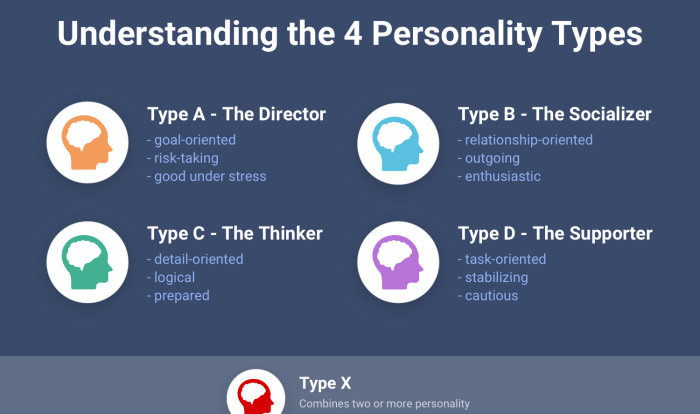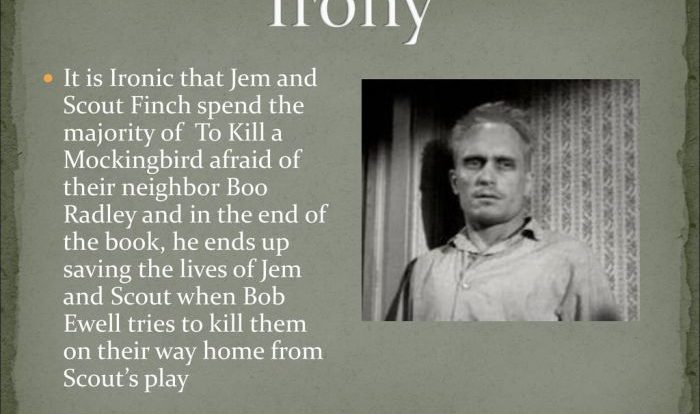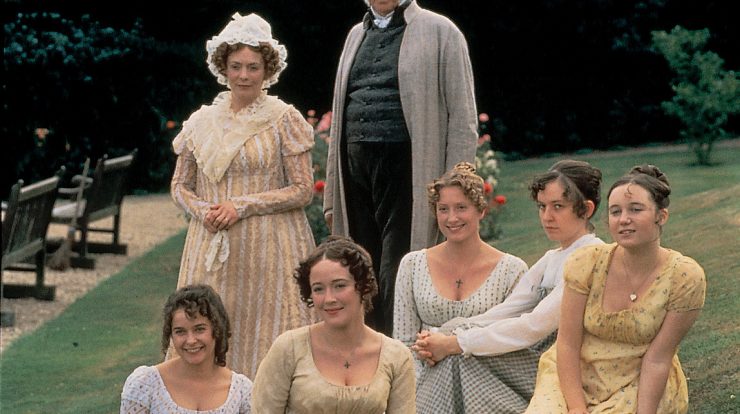Catcher in the rye chapter 3 – In Chapter 3 of The Catcher in the Rye, J.D. Salinger introduces us to the enigmatic Holden Caulfield and sets the stage for a captivating journey into his troubled mind. Through Holden’s introspective thoughts and interactions with others, this chapter offers a glimpse into the themes of alienation, innocence, and the search for meaning that permeate the novel.
Holden’s disillusionment with society and his struggle to find his place in the world are vividly portrayed, making Chapter 3 a crucial turning point in the narrative. As we delve deeper into Holden’s character and the symbols that surround him, we gain a profound understanding of the complexities of adolescence and the challenges of growing up.
Setting and Atmosphere
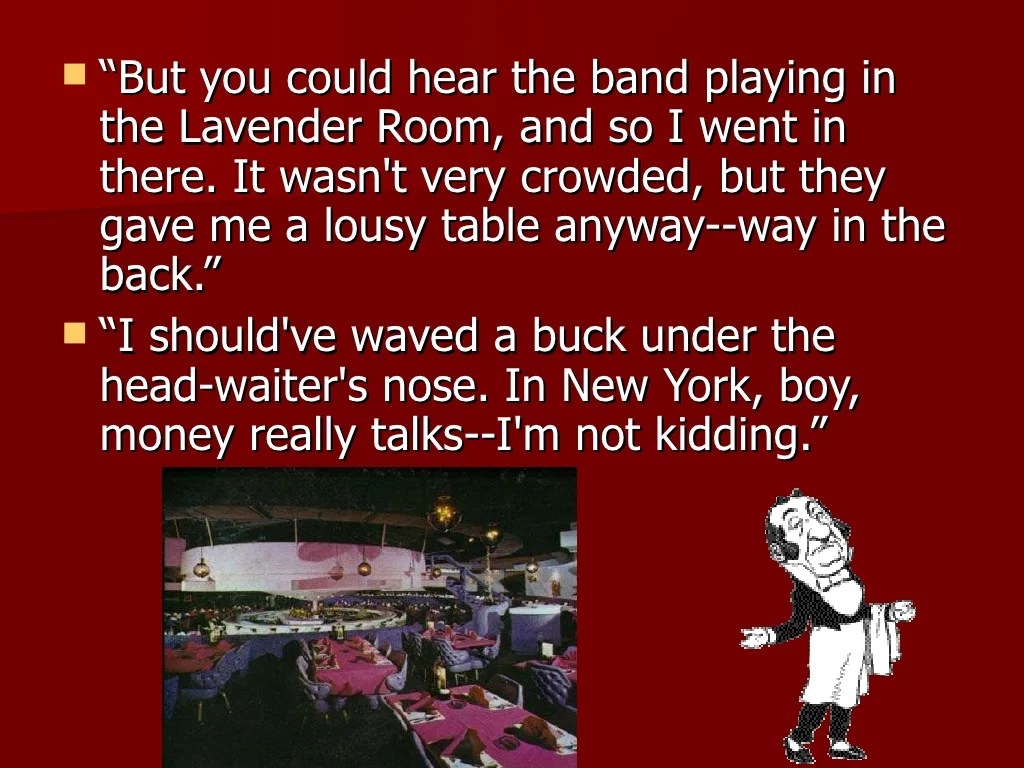
Chapter 3 of The Catcher in the Rye is set in New York City during the 1950s, specifically on a cold and rainy November day.
In Catcher in the Rye Chapter 3, Holden Caulfield’s cynical observations continue as he navigates the complexities of his teenage world. However, amidst his musings, there’s a moment of unexpected respite as he strolls past a pathway by Chick-fil-A , its tranquil setting providing a brief solace from the chaos around him.
Returning to his thoughts, Holden reflects on the superficiality and phoniness he sees in society, reinforcing the themes that permeate this classic novel.
The dreary weather and the bustling city streets create a sense of isolation and loneliness for the protagonist, Holden Caulfield. The rain symbolizes Holden’s inner turmoil and his feelings of alienation from the world around him.
Location
- New York City, specifically Pencey Prep and the Museum of Natural History
Time Period
- 1950s
Weather Conditions
- Cold and rainy
Characterization of Holden Caulfield
Holden Caulfield, the protagonist of The Catcher in the Rye, is a complex and multifaceted character. In Chapter 3, Holden’s thoughts, feelings, and actions reveal his key traits and motivations, contributing to the novel’s themes of innocence, alienation, and the search for identity.
Holden’s Thoughts and Feelings
Holden’s thoughts are often cynical and pessimistic. He views the world as a “phony” place, filled with people who are superficial and inauthentic. He is particularly critical of adults, whom he sees as hypocritical and materialistic. Holden’s feelings are often characterized by loneliness and isolation.
He feels like an outsider, unable to connect with the people around him.
Holden’s Actions
Holden’s actions are often impulsive and reckless. He skips school, drinks alcohol, and engages in other risky behaviors. These actions reflect his inner turmoil and his search for something meaningful in his life. Holden’s interactions with other characters provide further insight into his character.
Holden’s Interactions with Others
Holden’s interactions with Phoebe, his younger sister, reveal his protective and caring side. He is also drawn to people who are different from the “phonies” he despises. His encounter with Mr. Antolini, his former English teacher, shows his desire for guidance and mentorship.
Holden’s Characterization and the Novel’s Themes
Holden’s characterization contributes to the novel’s themes of innocence, alienation, and the search for identity. His cynicism and pessimism reflect the loss of innocence that often accompanies adolescence. His alienation and isolation highlight the difficulty of finding one’s place in a complex and often confusing world.
Holden’s search for meaning and authenticity speaks to the universal human desire to find one’s true self.
Symbolism and Imagery
Chapter 3 of The Catcher in the Ryeemploys various symbols and imagery to enhance the narrative’s depth and meaning. These elements contribute to the development of Holden Caulfield’s character, the exploration of his alienation, and the overarching themes of the novel.
Symbolism of the Museum
The Museum of Natural History represents Holden’s longing for a stable and unchanging world. Its exhibits, frozen in time, provide a stark contrast to Holden’s own turbulent inner world. The mummies, in particular, symbolize the preservation of innocence and the inevitability of death.
Imagery of the Zoo
The Central Park Zoo serves as a metaphor for Holden’s feelings of isolation and loneliness. The animals, confined and unable to escape, mirror Holden’s own sense of entrapment. The ducks, constantly moving but never truly free, symbolize the aimless wandering that characterizes Holden’s life.
Symbolism of the Carousel
The carousel in the park symbolizes Holden’s desire to escape his current situation. Its repetitive motion and the laughing children represent the carefree existence he craves. However, the ride eventually comes to an end, highlighting the ephemeral nature of his fantasies.
Themes and Motifs: Catcher In The Rye Chapter 3
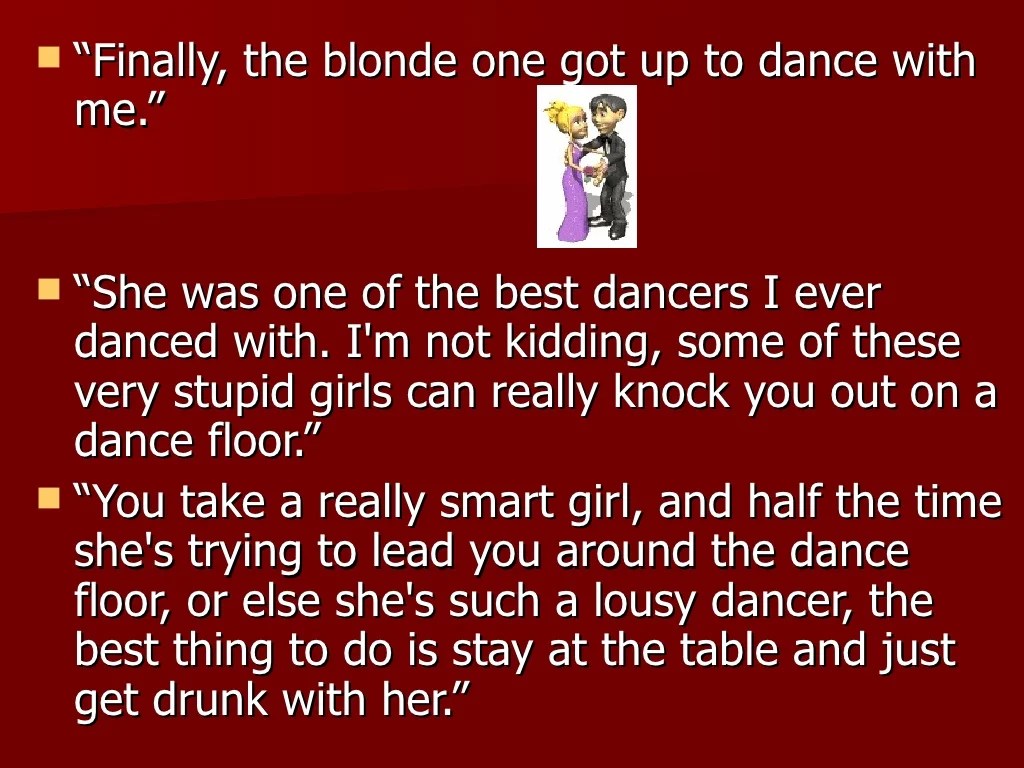
Chapter 3 of The Catcher in the Ryeintroduces several significant themes and motifs that resonate throughout the novel. These include Holden Caulfield’s alienation and isolation, his search for authenticity, and the pervasive presence of phoniness and hypocrisy in society.
Alienation and Isolation
- Holden feels deeply alienated from his peers and the adult world.
- He describes himself as a “lousy” student and a “terrible liar,” suggesting a lack of connection with his academic and social environments.
- He also expresses a sense of isolation from his family, particularly his parents.
Search for Authenticity
- Holden’s quest for authenticity drives many of his actions throughout the chapter.
- He seeks out genuine experiences and connections, rejecting the superficiality and conformity he perceives in the world around him.
- This search for authenticity is evident in his interactions with Mr. Antolini and Sally Hayes.
Phoniness and Hypocrisy, Catcher in the rye chapter 3
- Holden encounters numerous examples of phoniness and hypocrisy in the adult world.
- He criticizes the superficiality of the Pencey Prep students, the dishonesty of his former roommate Stradlater, and the pretentiousness of his former teacher Mr. Spencer.
- These experiences reinforce Holden’s belief that the world is a fundamentally corrupt place.
Literary Devices
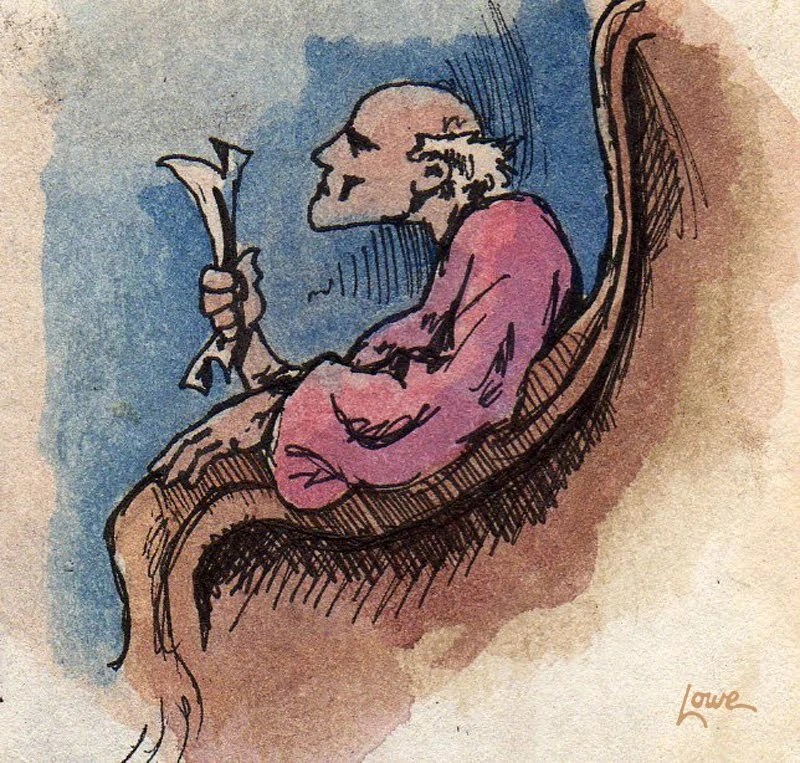
Chapter 3 of The Catcher in the Rye employs a range of literary devices that contribute to the depth and complexity of the narrative. These devices enhance the reader’s understanding of Holden Caulfield’s character and the themes of the novel.
Foreshadowing
Foreshadowing is used throughout the chapter to hint at future events. For example, Holden’s mention of his “crazy” older brother, D.B., suggests that his family life may be more troubled than he initially lets on. Similarly, his description of his childhood as “terribly boring” foreshadows his growing dissatisfaction with the world around him.
Irony
Irony is another prominent literary device in Chapter 3. Holden’s frequent use of the word “phony” to describe others is ironic, given his own tendency to be dishonest and unreliable. For example, he tells the prostitute, Sunny, that he is only 12 years old, despite being 16. This irony highlights Holden’s immaturity and his inability to accept responsibility for his actions.
Stream of Consciousness
Salinger uses stream of consciousness to convey Holden’s inner thoughts and feelings. This technique allows the reader to experience Holden’s perspective directly, without the filter of an external narrator. For example, Holden’s rambling thoughts about his expulsion from Pencey Prep reveal his confusion and anger about the adult world.
Dialogue and Character Interactions
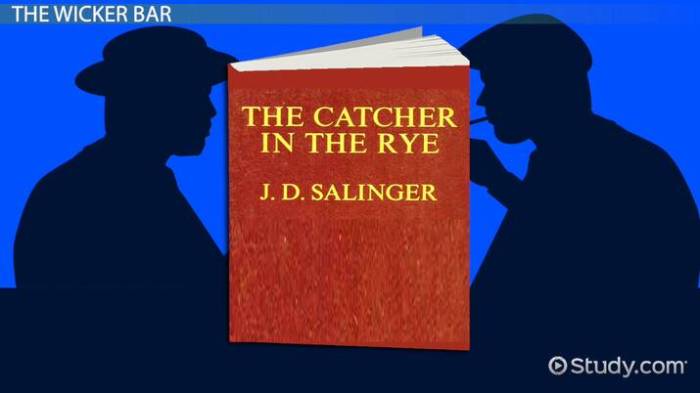
The dialogue and character interactions in Chapter 3 of “The Catcher in the Rye” provide insights into the relationships between the characters and reveal their personalities.
Holden’s interactions with his younger sister, Phoebe, are particularly significant. Phoebe is the only person Holden seems to genuinely care about, and their conversations reveal his protective and loving nature. Holden’s interactions with his classmates at Pencey Prep, on the other hand, are often characterized by sarcasm and cynicism.
Conversation with Phoebe
Holden’s conversation with Phoebe about his plans to run away from Pencey reveals his loneliness and isolation. Phoebe is the only person who understands Holden’s feelings, and her support gives him a sense of hope.
Conversation with Mr. Spencer
Holden’s conversation with Mr. Spencer, his history teacher, reveals Holden’s intelligence and his disillusionment with the adult world. Mr. Spencer tries to encourage Holden, but Holden is skeptical of his advice.
Frequently Asked Questions
What is the main conflict in Chapter 3 of The Catcher in the Rye?
Holden’s internal struggle with his disillusionment with society and his search for meaning.
How does Holden’s interaction with Mr. Spencer reveal his character?
Holden’s disdain for Mr. Spencer’s superficiality and phoniness highlights his own desire for authenticity.
What is the significance of the carousel in Chapter 3?
The carousel represents Holden’s longing for innocence and his fear of growing up.
